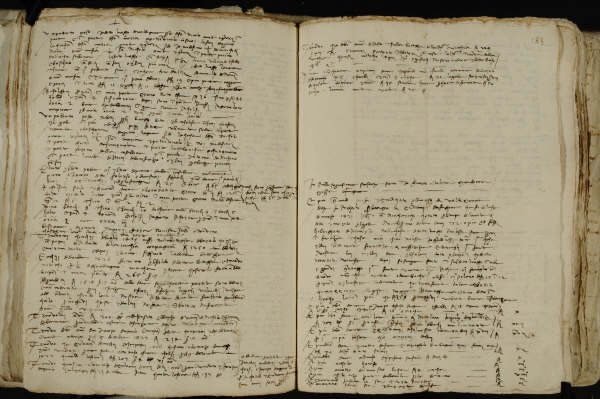Week 6
Who was rich and who was not in Renaissance Florence. The Catasto tells us. The Catasto was a innovation in taxation. In 1427, facing huge military costs as the little republic fought the big ric h state of Milan, the leaders of Florence decided that everyone should contribute to the cost of running the Republic. And I an attempt to make taxation more fair, they passed a law that established the Catasto. In the imposition of the new tax system, all Florentine citizens were asked to file a written assessment of all their wealth
With the Republic's Tax office. Then with this document on file, the Republic now asked all citizens to pay 1% (the amount varied over the different years of the existence of the Catasto) tax on their total wealth. Of course tax investigators could go door to door and check on the self-assessment. But the most important thing for us in the 21st century is that all these documents still exist in the Archivio di Stato Firenze. And scholars have been able to summarize the overall wealth, wealth distribution and everything else about money in Florence in 1327. In this our week 7 we will report some of their findings.
RECOMMENDED READING:
This is one of the greatest achievements of recent historical scholarship. Herlihy and Klapisch-Zuber studied the whole of the Catasto and with the results they were able to describe in fascinating detail the daily life in Florence in the early years of the fifteenth century.
The kindle edition is a reasonable price. And there are both new and used copies of the paperback.

Christiane Klapisch-Zuber and David Herlihy,
Tuscans and Their Families: A Study of the Florentine Catasto of 1427,
ACLS Humanities E-Book (August 1, 2008),
ISBN 1597405159

John Hale,
The Civilization of Europe in the Renaissance,
Scribner, Reprint edition (June 1, 1995),
ISBN 0684803526
